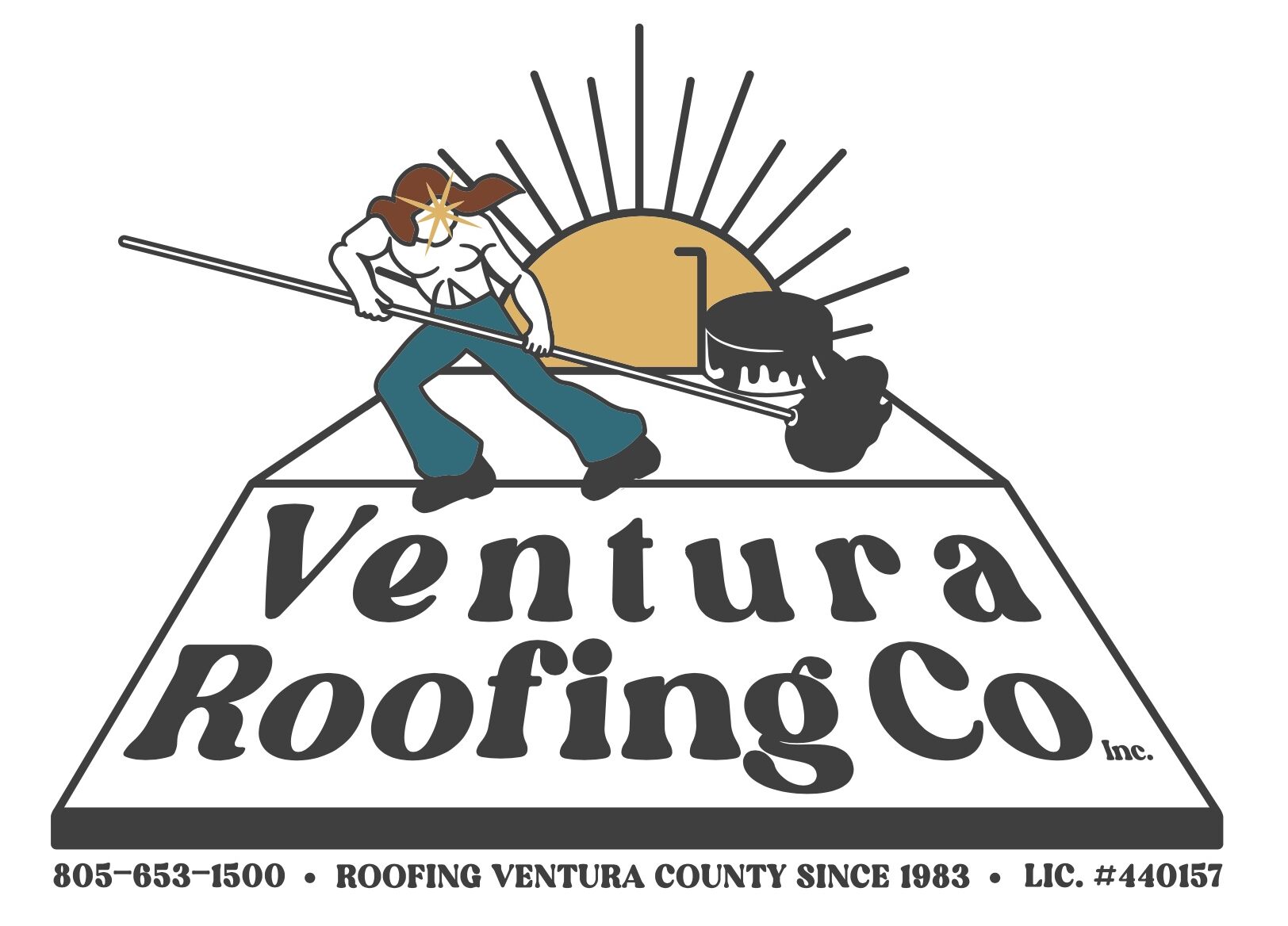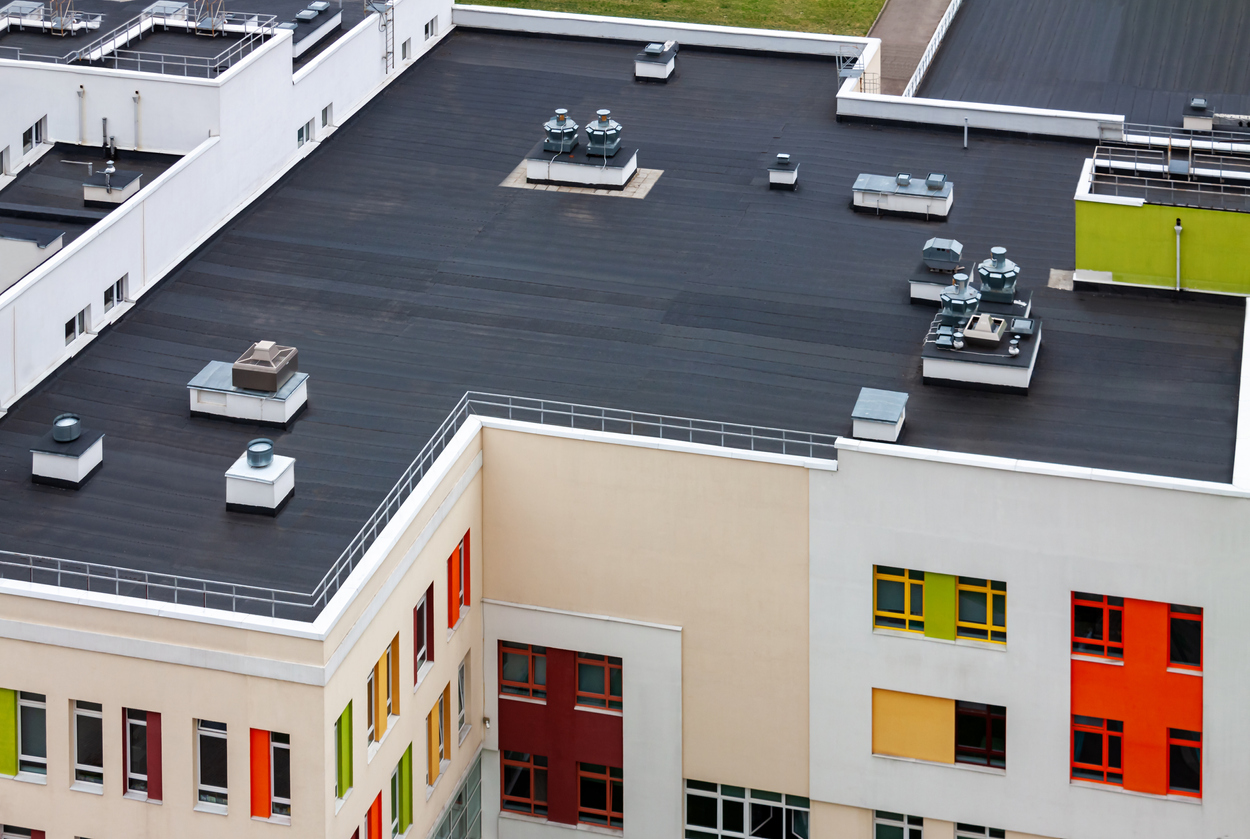Built-up roofing is a multi-layered roofing system typically composed of alternating layers of asphalt and reinforcing fabric, offering benefits such as durability, water resistance, and cost-effectiveness.
Are you looking for a roofing solution that is not only durable and water-resistant but also cost-effective?
Built-up roofing might just be the perfect option for you.
In the world of roofing, there are countless materials and methods to choose from. However, built-up roofing stands out as a time-tested solution that has been providing reliable protection for buildings for over a century. With its multi-layered composition and proven performance, it’s no wonder that built-up roofing continues to be a popular choice among property owners and contractors alike.
Imagine a roofing system that is not only built to last but also designed to provide excellent insulation and a seamless, water-resistant barrier. Built-up roofing systems offer these benefits and more, ensuring that your property remains protected and energy-efficient for years to come.
Keep reading to discover what makes built-up roofing such an attractive option, from its composition and installation process to its long-term advantages. Read on to discover if built-up roofing is the right choice for your next construction project.
What Is Built Up Roofing?
Firstly, let’s examine exactly what built-up roofing is, exactly. These roofs have been around for over a hundred years, albeit with some changes to the materials used. However, the way they’re created and installed is very similar to those older techniques.
A built-up roof is a roof that’s made of several different layers of materials, fused together, and applied to your flat roof. A modern built-up roof, or BUR, has three layers: plywood sheets, layers of bitumen or asphalt, and surfacing materials such as gravel. These layers go on top of the roof decking and insulation, to create a strong roof surface.
In some cases, you’ll see that a BUR additionally has a UV reflective coating on top. This is especially good in hotter climates, as it will reflect heat from your home and help you keep energy costs down.
How A Built-Up Roof Is Installed
A BUR is installed differently from a regular roof, such as an asphalt shingled roof. In fact, there are two different ways in which these roofs can be installed:
‘Hot’ installation: This is the traditional way of installing a BUR. The layers are added to your roof and then attached to the structure using a torch to bind the layers together.
‘Cold’ installation: This is a newer method of installing BURs. Rather than using a torch and asphalt, the layers have adhesive backing that sticks to the roof deck instead.
Longevity Of Built-Up Roofs
One important thing you need to know about a BUR is how long it will last. Having a new roof installed is an investment, and you want to know that yours will last. Can you get a good lifespan from this style of roofing?
How long a roof will last will often rely on how well you take care of it. The better care you take of your BUR, the longer it will last. However, they do tend to have a lifespan of around 15 – 30 years, depending on the roof type that you have installed. In some cases, well-cared-for BURs have been seen to last for up to 40 years.
The longevity of your BUR will depend on the climate you live in, too. If you live in a cold or snowy climate, that will degrade a BUR faster. If you have an air conditioning unit that sits on top of the roof, that can affect the longevity too.
The Benefits Of A Built Up Roof
With all this in mind, what are the benefits of choosing a built-up roof over other roofing types? Here are a few benefits that you should keep in mind:
Better protection from water leaks: One of the best things about a BUR is that they offer superior protection against water leaks. Water is the number one enemy of your roof, and can start to cause damage to the very structure of it if it gets in through the top material.
One of the best things about a BUR is that it has so many layers. With all those layers stuck together on your roof, there’s very little way for water to get in between them and start getting into the roof itself. That avoids issues with the structure over time, which would be costly to put right.
Highly fire resistant: Something that you should be looking for from any roofing material is a high fire resistance. This is especially true if you live in an area that’s prone to wildfires, as any flaming debris that lands on your roof can spell disaster for your home.
The good news is that your BUR is highly fire-resistant. As they use aggregate in their construction, which resists fire and helps protect your home should a fire ever break out.
Energy efficiency: Another top benefit of a BUR is that they’re very energy efficient. As a homeowner, you’ll be looking to reduce energy costs wherever you can. Modern BURs are made to be energy efficient, which makes them a good choice for your home.
As noted above, the roof can be installed with a UV reflective layer at the top, which helps to reflect UV rays and keep your home cooler. As there’s also an insulating layer at the bottom, that also helps to keep heated or cooler air in your home and ensure it doesn’t escape through the roof.
Long life span: As discussed above, a BUR can last for a long time if you’re caring for it properly. When it comes to flat roofing, they’re known as the most long-lasting roofing type out there.
There are a couple of drawbacks to BURs that you need to be aware of, too. These include:
Toxic fumes: When a hot installation BUR is being installed, there is the problem of toxic fumes being given off by the process. However, you can avoid this by having a ‘cold’ BUR installed instead, as these don’t have this problem.
Potential cracks: If you live in a cold climate, you’ll find that your BUR can potentially start to crack in the winter. This usually happens if water is allowed to pool and freeze on the roof’s surface, and then starts to thaw in warmer weather. If you live in warmer climates, this shouldn’t be a problem for you.
A built-up roof is a great option if you have a flat roof that needs replacing. This method of roofing has been around for a long time, but still offers excellent protection against the elements, fire, UV rays, and more. If you’re interested, ask your roofer about built up roofing today.

